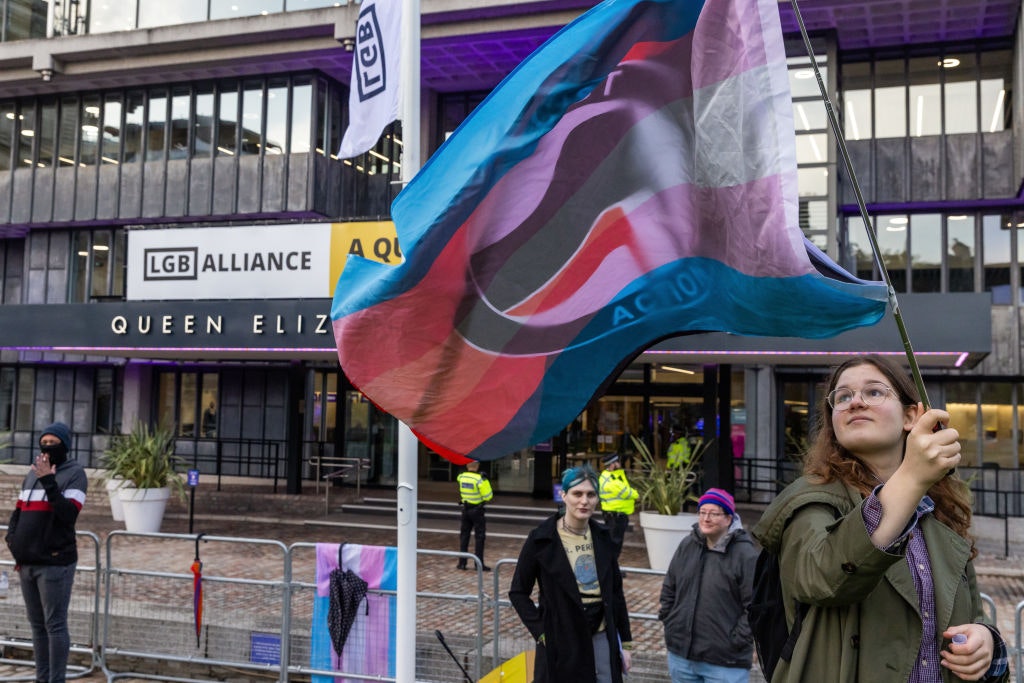Life Between Islands
The Tate’s exhibition shows Caribbean-British art from the Windrush to the present day
The story of Caribbean-British art begins, in many ways, with the Windrush generation, a post-war immigration boom driven by Britain’s labour shortage and the British Nationality Act. In the wake of the S.S. Empire Windrush’s initial voyage in 1948, it is supposed that a half a million West Indians arrived over the succeeding decades. Tate Britain’s Life Between Islands exhibition presents 70 years of Caribbean-British art and heritage.
Life Between Islands sets out to showcase the Caribbean Artists Movement and reveal the challenges faced by those who leave behind their mother tongue. As you enter the exhibition, an introductory apology meets you: The Tate offers a disclaimer for several hundred years of British history, and for the source of Henry Tate’s fortune. The exhibition goes on to cover extensive ground from transatlantic slavery to the reclaiming of ancestral cultures. Whilst, at times, viewers are taken to the darker corners of humanity, Life Between Islands provides an optimistic outlook on the evolution of cross-cultural relations.
Is contemporary British art tied to its colonial past?
The exhibition excels in its ability to illuminate the heightened tensions between the old guard and its newer residents through a series of thoughtfully selected images, film, sound, and sculpture. Arriving on the shores of their adoptive island, Caribbean immigrants immediately faced widespread hardship; Britain was still reeling from the trauma of World War II. Increasing conflict led to the Black Power and Black Art Movements of the 1970s and 80s, as is visible through the black and white photography of Dennis Morris, Vron Ware, Vanley Burke, Charlie Phillips, Neil Kenlock, and Horace Ové. Most notably, Ové exposes the social and political dynamism of this period in his 1967 photograph. Members of the Black Power Movement arrive at Paddington station: their faces are veiled by heavy shadows and only illuminated by the natural light entering from the Victorian arches high above. White bystanders walking to their trains stop to watch the men pass by — the scene is one of an evolving power dynamic.
The exhibition revolves around a conflict between past and present. The sculptor Hew Locke explores the thorny legacy of empire through his technique of “mindful vandalism” — he loads his subjects with an assortment of regalia and jewels to posit the figures as“weighed down by the literal burden of history”. Locke’s work asks the question: is contemporary British art tied to its colonial past?

For the curators of Life Between Islands, the answer is an emphatic yes. The “ghosts of history” will always have a “haunting ancestral presence”. The modern flurry of international institutions with proactive “de-colonisation” arts programmes suggests that such associations are self-perpetuating. Locke’s sculptures embody this sentiment: ornaments cover his Parisian ware busts, but the colonial past remains continually present.
Place, space, and environment are felt throughout the exhibition — much is made of the portrayal of “safe” interiors in comparison to an external world rife with racism. The art asks questions of what it means to be British, and what it means to belong.
The most thought-provoking moments of Life Between Islands exist in the quieter, humbler, everyday scenes. Portrait photographer Ingrid Pollard’s striking series Oceans Apart (1989) captures an intimate moment of a woman and child at the seaside — in stark contrast to the stereotype of inner-city migration patterns. A painting by Denzil Forrester, Jah Shaka (1983), depicts the threshold of public and private in the famous 1980s East London dub scene. Forrester shows a spirited gathering; an image of the rich Caribbean influence on British music and culture. But the importance — and artistic effect — of secure space is most clearly seen in Michael McMillan’s staged 1970s installation, Joyce’s Front Room (2021). The scene is complete with family mementos, porcelain teacups, and lamps emitting a golden, warming glow.

Tate’s Life Between Islands depicts the delicate balance that cross-cultural artists navigate as they exists as insiders, outsiders, and in the ambiguity in between. The exhibition offers an interpretation of Caribbean-British art, but it does not seek to answer all the questions it asks. There is still more ground to be covered.
Life Between Islands: Caribbean-British Art 1950s-Now is showing at Tate Britain until 3 April 2022
Enjoying The Critic online? It's even better in print
Try five issues of Britain’s most civilised magazine for £10
Subscribe














